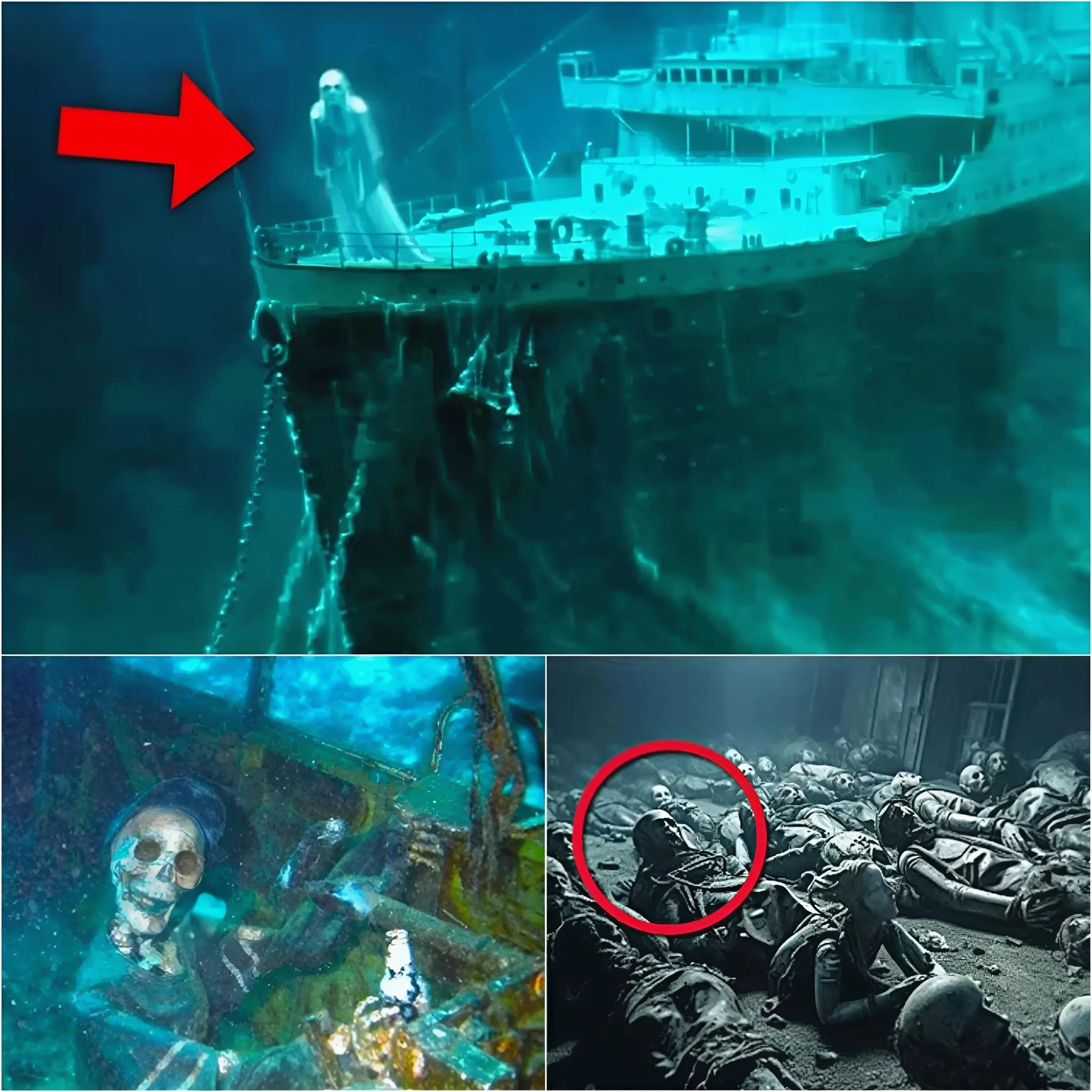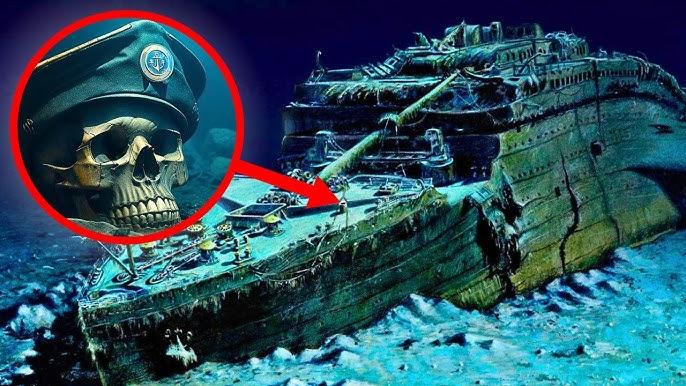We all know the clichéd story of the Titanic: the luxurious ocean liner that collided with an iceberg on the frigid night of April 14, 1912. The tragedy, which claimed the lives of over 1,500 people, has been documented in films, documentaries, and books. But there are horrifying, rarely mentioned details that could change our perception of this historic catastrophe.

During her voyage, the Titanic received at least six warnings from other ships about the presence of icebergs along her route. However, these signals were ignored or underestimated. Captain Edward Smith, known for his vast experience, continued sailing at high speed, perhaps due to the pressure to prove that the Titanic was an “unsinkable ship.” This overconfidence proved fatal.
Fourteen years before the disaster, writer Morgan Robertson published a novel titled ” Futility, or the Wreck of the Titan .” The book describes a ship named Titan that collided with an iceberg during its maiden voyage in the North Atlantic, resulting in the deaths of hundreds of passengers due to a lack of lifeboats. The similarity between Titanic fiction and reality is frightening and has spawned conspiracy theories about premonitions and divine warnings.

One of the most poignant stories is that of the Titanic’s musicians, who continued playing to soothe the passengers as the ship sank. These men knew they had no chance of survival, but they chose to bravely face death. The last melody played was said to be ” Nearer, My God, to Thee,” a hymn that echoed in the eerie silence of the Atlantic.

Among the Titanic’s passengers were some of the most prominent businessmen and celebrities of the time. John Jacob Astor IV, one of the richest men in the world, and Benjamin Guggenheim, a business magnate, lost their lives in the shipwreck. Some stories claim that the ship was “cursed” because its hold supposedly contained Egyptian relics, including pieces allegedly belonging to Princess Amen-Ra.

Over the years, there have been numerous reports of ghostly sightings related to the Titanic. From whispered names of victims in museums to visions of figures in the underwater wreckage, the Titanic remains a center of paranormal interest. These stories have ignited a fascination with what some consider a tragedy beyond rational explanation.

The Titanic represents not only a tragic shipwreck, but also a collection of human errors, disturbing coincidences, and unexplained legends. Its story continues to fascinate the world, reminding us of the fragility of humanity in the face of the forces of nature and the limits of our ambitions.
Exploring these terrifying facts reminds us that even in difficult times, courage and tragedy can coexist, weaving a story that defies time and continues to pique our curiosity.




